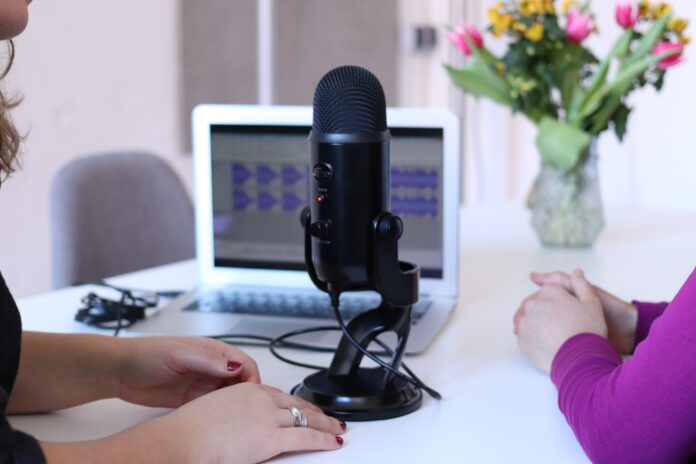Voice-over effects refer to various techniques and manipulations applied to recorded voices to enhance their quality, create a specific mood, or add a creative touch to audio productions. These effects can range from subtle enhancements to dramatic transformations, allowing voice actors, audio engineers, and producers to shape the character, atmosphere, and overall impact of the voice-over performance. In this article, we will explore the world of voice-over effects, including popular techniques, tools, and their applications in different contexts.
- Introduction to Voice-Over Effects: Voice-over effects involve the modification of voice recordings using audio processing techniques. These effects can be applied during recording or in post-production, using software and hardware tools. Voice-over effects are commonly used in a variety of media productions, including films, TV shows, commercials, radio broadcasts, video games, podcasts, and more.
- Common Voice-Over Effects: a. Equalization (EQ): EQ is used to adjust the frequency response of a voice recording, allowing for tonal balance and clarity. It helps enhance specific frequencies or reduce unwanted elements like background noise. b. Compression: Compression reduces the dynamic range of a voice recording, making softer parts louder and controlling peaks. It helps create a more consistent and polished sound. c. Reverb: Reverb simulates the acoustic properties of different spaces, adding depth and dimension to the voice recording. It can create a sense of environment or alter the mood of the performance. d. Delay: Delay creates an echo effect by repeating and slightly delaying the voice signal. It can be used subtly to add presence or dramatically to create an otherworldly effect. e. Pitch Shifting: Pitch shifting alters the pitch of a voice recording, allowing for higher or lower tones. It can be used to create unique character voices or correct pitch inconsistencies. f. Time Stretching: Time stretching changes the duration of a voice recording without affecting the pitch. It can be used to adjust the pacing of a voice-over performance or synchronize it with other elements. g. Flanging: Flanging produces a sweeping, swirling effect by combining the original voice signal with a slightly delayed and modulated version. It adds a distinct and futuristic quality to the voice recording. h. Chorus: Chorus creates a thickening effect by duplicating the voice signal, slightly detuning the duplicates, and adding modulation. It can make a single voice sound like a group or add richness and depth. i. Distortion: Distortion introduces harmonic content and grit to the voice recording, giving it a more aggressive or edgy character. It can be used to achieve a specific artistic effect or simulate vintage equipment. j. Filtering: Filtering involves manipulating the frequency content of a voice recording using high-pass, low-pass, or band-pass filters. It can shape the timbre of the voice and remove unwanted frequencies. k. Vocal Doubling: Vocal doubling involves layering multiple recordings of the same voice, slightly detuning and time-aligning them. It creates a thicker, wider sound and can add presence to the voice.
- Applications of Voice-Over Effects: a. Film and TV: Voice-over effects are extensively used in films and TV shows for various purposes. They help create the illusion of different environments, emphasize emotions, establish narration, and enhance character performances. b. Commercials: In commercials, voice-over effects play a crucial role in capturing the audience’s attention and conveying the intended message. They help create a distinct sonic identity, add excitement, and create memorable moments. c. Radio: Voice-over effects are essential in radio broadcasts for creating engaging content. They help set the mood, transition between segments, emphasize key points, and make the broadcast more entertaining. d. Video Games: Voice-over effects are used in video games to bring characters to life and immerse players in

